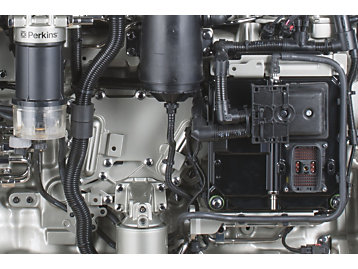Controlling engine speed in diesel engines
Understanding how engine speed is controlled in off-highway diesel engines is important. It’s the basis for our perception of an engine’s performance — whether it comes from objective assessment or subjective judgement. James Read, Perkins business development engineer, takes a close-up look at the separate elements that contribute to our view of an engine’s performance.
The engine is an integral part of the machine it powers. The operator depends on an engine’s ability to start and restart in all conditions, from very cold to very hot, to maintain speed under load, and to stop when it is turned off.





